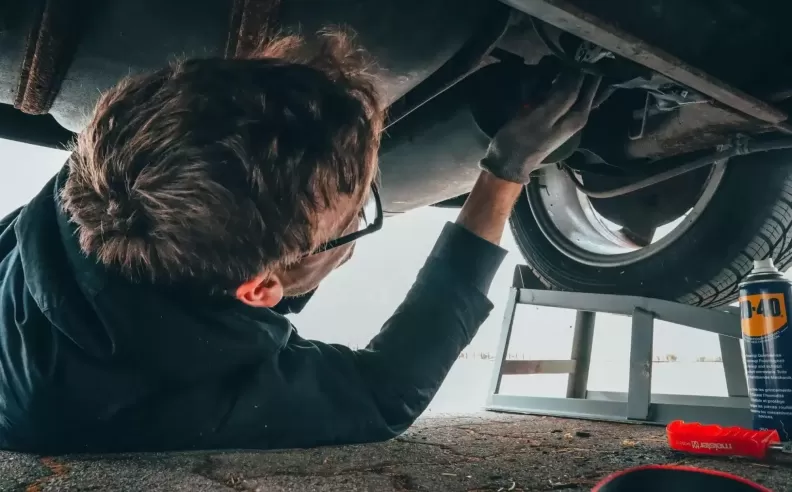
A well-maintained car ensures reliability, longevity, and safety on the road. Whether you own a brand-new vehicle or a well-loved used one, regular upkeep can prevent costly repairs and keep your car running smoothly for years. From tire care to oil changes, every aspect of car maintenance ensures optimal performance.
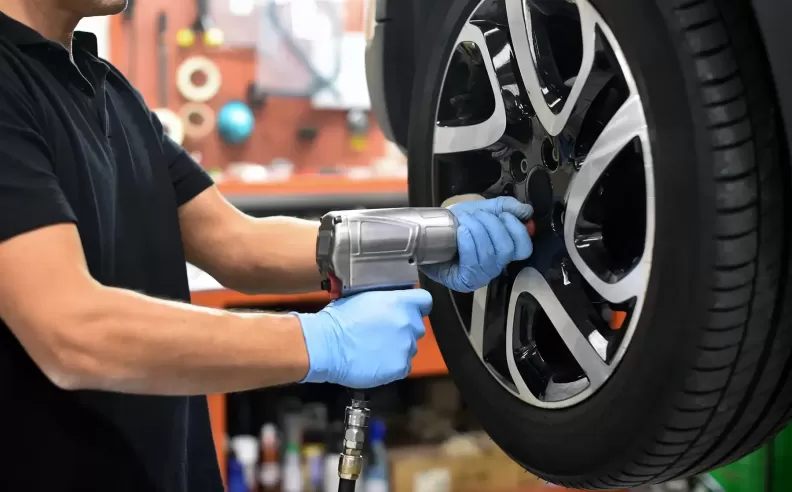
Tires are the foundation of a safe and smooth driving experience. Keeping them in good condition improves handling, fuel efficiency, and safety. Regularly inspecting tire pressure, rotation, and tread wear can significantly extend their lifespan.
Tires naturally wear down over time, typically lasting between 40,000 and 100,000 kilometers, depending on driving habits and road conditions. Checking the tread depth is simple: place a coin in the grooves, and if the tread no longer covers part of the design, it's time for a replacement. Additionally, rotating tires every 10,000 kilometers ensures even wear, improving grip and handling. Maintaining proper air pressure, as indicated inside the driver’s door frame, also helps prevent uneven tread wear and potential blowouts.
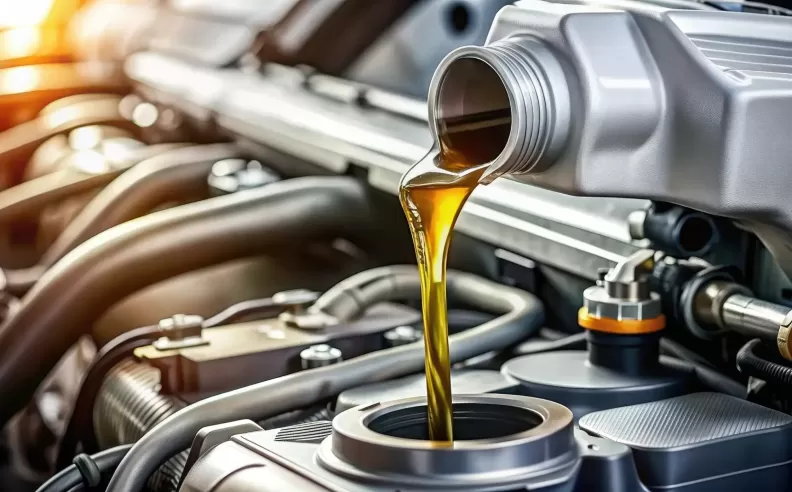
Oil is the lifeblood of any engine. It keeps internal components lubricated and prevents overheating. Regular oil changes are essential for maintaining engine efficiency and preventing long-term damage.
Most manufacturers recommend oil changes between 8,000 and 15,000 kilometers, but your owner’s manual is the best guideline. For those who drive infrequently, changing oil at least once a year prevents it from deteriorating. Checking the oil level regularly using the dipstick ensures the engine has enough lubrication—if the oil appears dark or contains debris, it may be time for a change. Choosing the correct oil type, whether synthetic or conventional, is also crucial for maintaining peak engine performance.
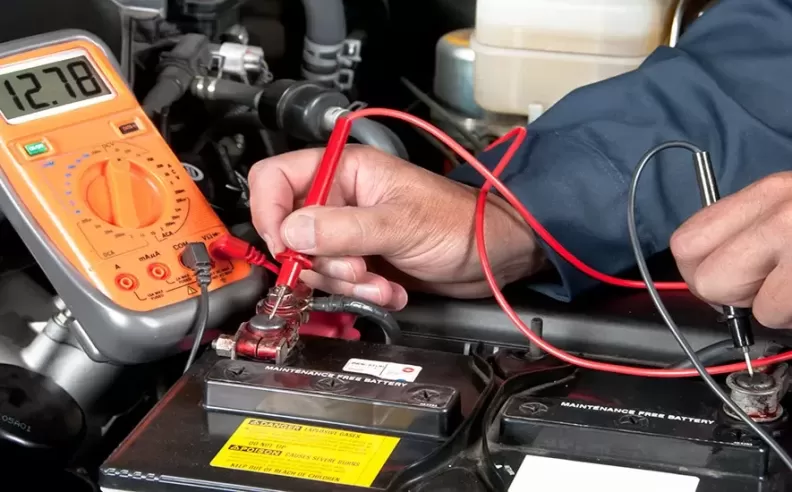
A car’s battery powers everything from ignition to electronics, making it a crucial component for daily operation. Knowing when to test and replace, it can prevent unexpected breakdowns.
A typical battery lasts between three to five years, but extreme temperatures and frequent short trips can shorten its lifespan. Testing the battery voltage with a multimeter should read above 12.4 volts when fully charged. If the engine cranks slowly or dashboard lights flicker upon startup, the battery may need replacement. Keeping terminals clean and ensuring secure connections also helps maintain a reliable electrical system.
Proper car maintenance doesn’t just enhance performance—it prevents costly repairs and extends the vehicle’s lifespan. Regular inspections, timely fluid changes, and proactive care can keep your car in peak condition, ensuring a smooth and worry-free driving experience.
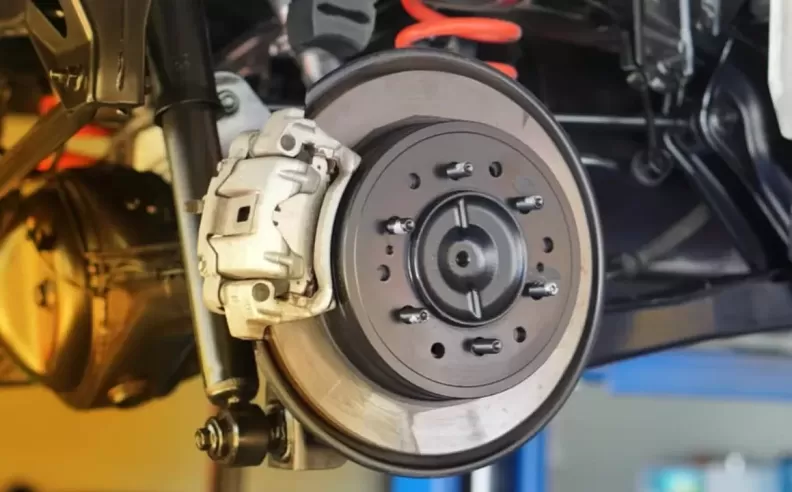
Brakes are one of the most critical safety components of any vehicle. Proper maintenance ensures effective stopping power, reducing the risk of accidents. Recognizing early warning signs of brake wear can prevent costly repairs and dangerous situations.
Brake pads typically last between 30,000 and 80,000 kilometers, depending on driving habits and road conditions. Squeaking, grinding noises or a soft brake pedal often indicate worn pads or failing brake components. Checking the brake fluid level is equally important—low or dirty fluid can reduce braking efficiency. Regular inspections and replacing worn-out pads in time prevent rotor damage and ensure the braking system functions optimally.
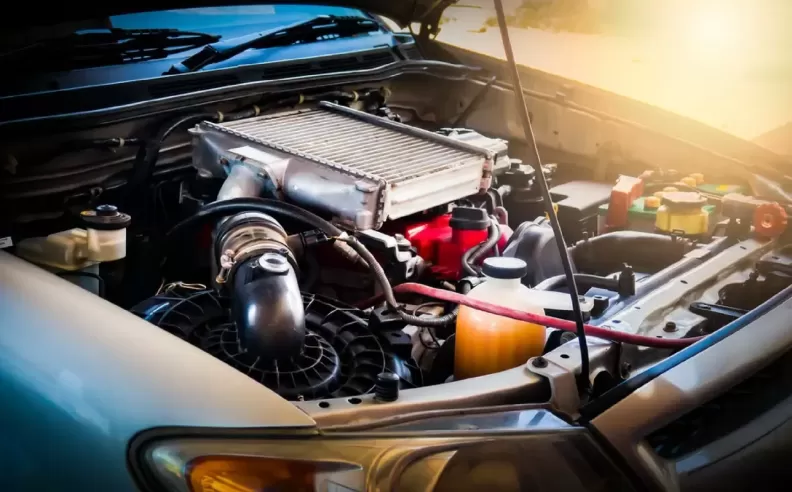
An overheated engine can lead to serious mechanical damage, making the cooling system essential for maintaining optimal performance. Coolant prevents overheating by regulating engine temperature, and monitoring its levels is key to avoiding breakdowns.
Most vehicles require a coolant flush every 40,000 to 100,000 kilometers, depending on the manufacturer’s recommendations. Signs of potential cooling system issues include a rising temperature gauge, steam from under the hood, or puddles of coolant beneath the car. Regularly checking for leaks and ensuring the radiator and hoses are in good condition helps prevent engine overheating and costly repairs.
Maintaining these essential systems ensures a reliable and efficient vehicle, reducing unexpected failures and extending its lifespan. Simple routine checks can prevent major issues, keeping your car in peak condition.

Started my career in Automotive Journalism in 2015. Even though I'm a pharmacist, hanging around cars all the time has created a passion for the automotive industry since day 1.

